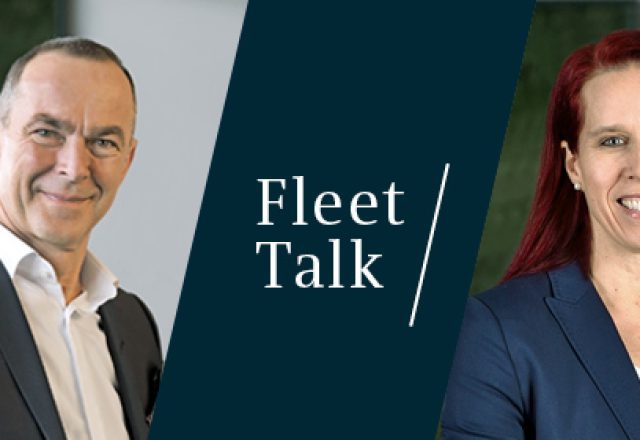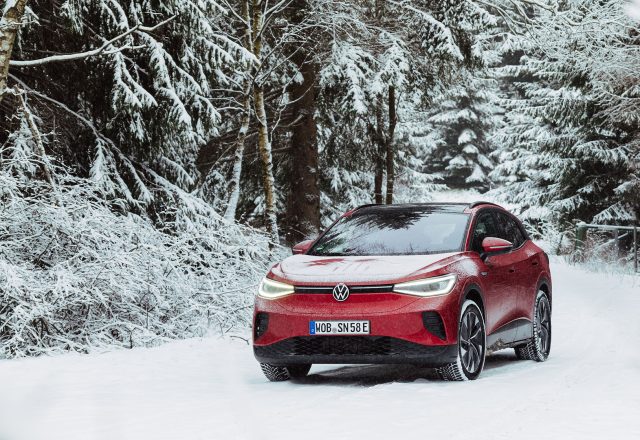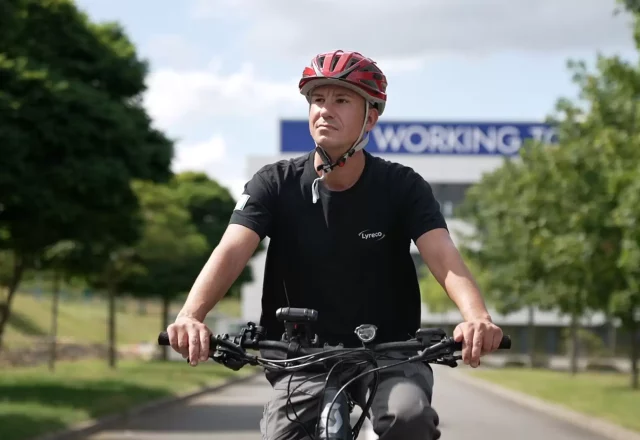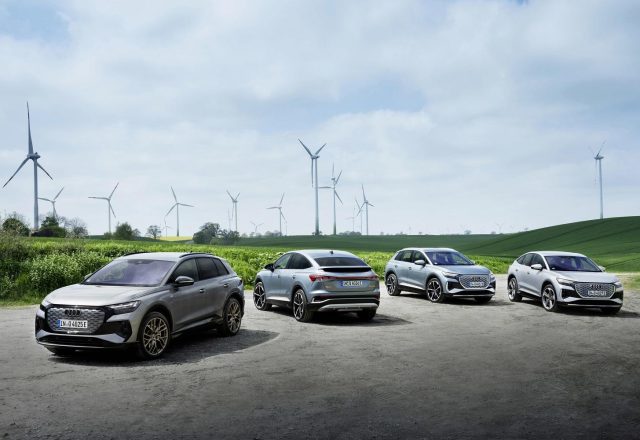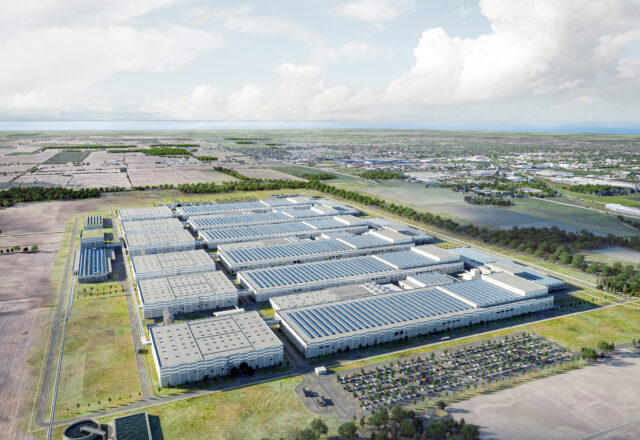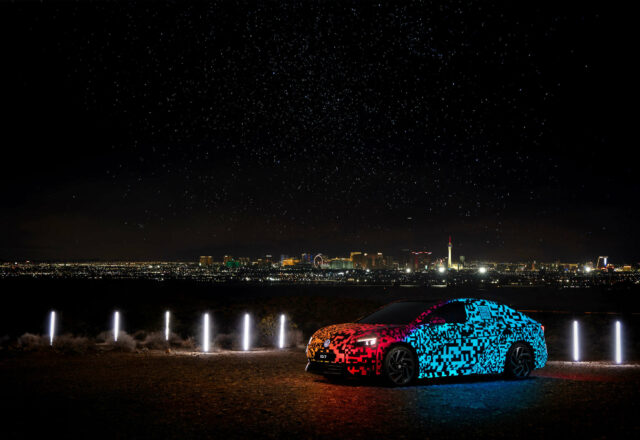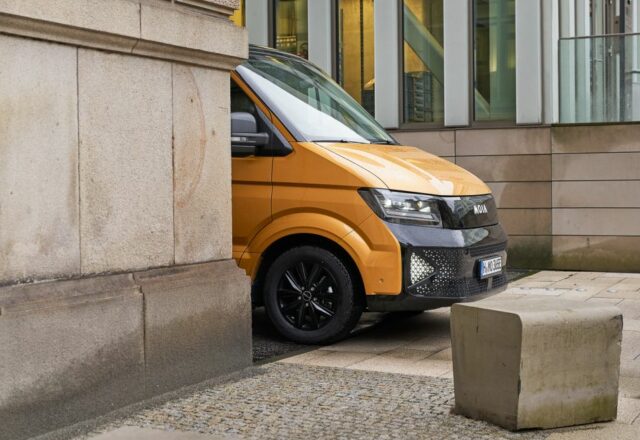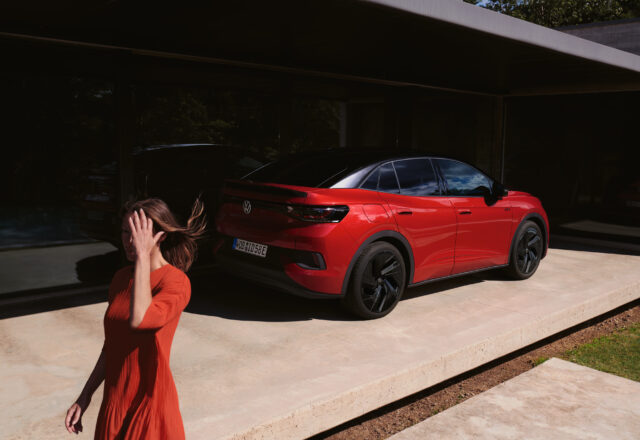A smart model policy, made-to-measure fleet services – and a good portion of emotion alongside sound economic arguments: SEAT S.A. is striking a chord right now with many business and private customers thanks to this winning combination. We discussed the development of the SEAT and CUPRA brands and future plans for the brands with Wayne Griffiths who took over as CEO of SEAT S.A. on 1 October 2020.
Mr Griffiths, the SEAT and CUPRA models are in high demand with customers at present. Which vehicles are having the biggest impact on this dynamic demand trend?
Regarding CUPRA, its huge success is thanks to the CUPRA Formentor, one of the company’s best-selling models. In fact, its plug-in hybrid version accounts for 50% of the total sales of this model. As for SEAT, the product range is stronger than ever before with three SUVs and plug-in hybrids such as the SEAT Leon and the SEAT Tarraco. We also updated the SEAT Ibiza and the SEAT Arona this year and both have likewise contributed to this growth.
Where do you still see potential for growth?
The CUPRA Formentor mentioned just now is a very clear example. But we also have high hopes for our first fully electric model, the CUPRA Born. It will be one of our best-selling vehicles over the coming years. We are confident that not only can we expect high sales figures in this regard, but also that customers will really love the CUPRA Born. Production has already started in Zwickau (Germany) and we can hardly wait to see how it will perform on the market. In parallel, the new generation of the SEAT Leon model family will continue to play an important role.
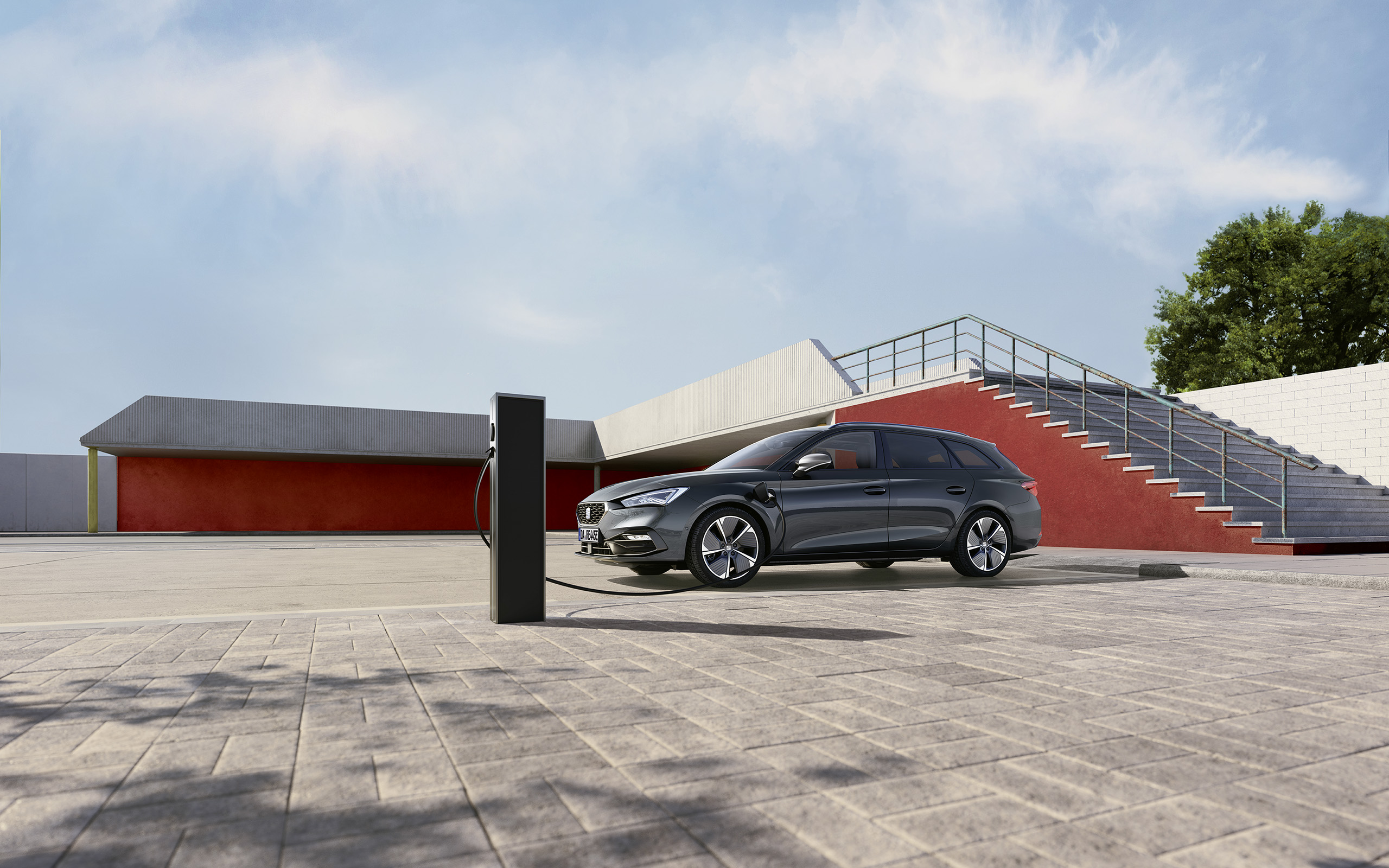
Let’s stay with the CUPRA Born – what characterises the innovative electric model?
It is the driving force behind the transformation of the company and heralds the start of CUPRA’s electric offensive.
Our commitment to the environment is likewise reflected in the CUPRA Born, which is produced from sustainable materials and with a neutral concept in terms of CO₂ emissions. It is also a prime example of how performance and electrification are a perfect match.
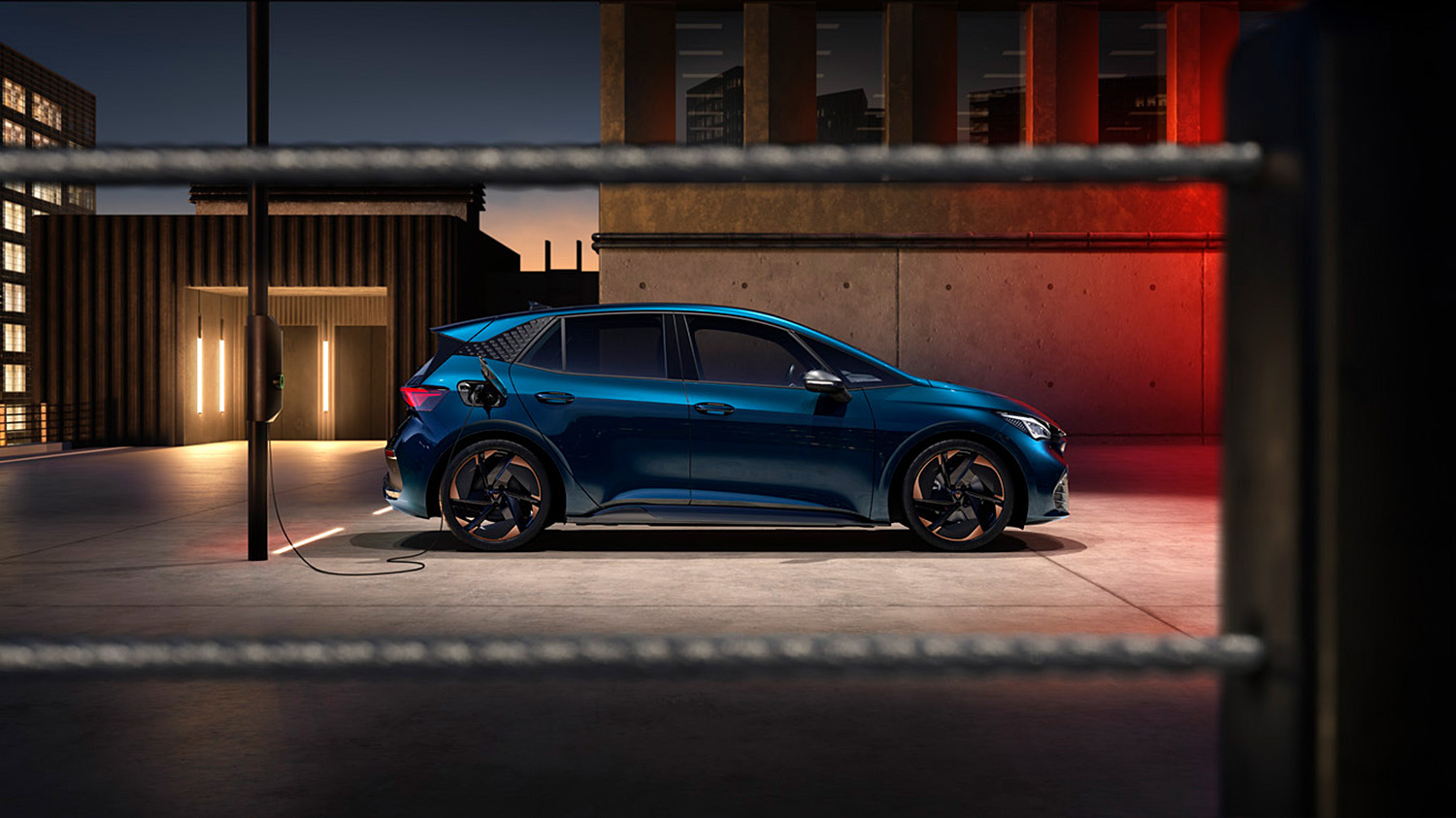
As regards electric mobility: How do you think it will develop in the next few years?
We are convinced that the future is electric. Almost half of all Europeans aspire to own an electric car in the coming years owing to increased environmental awareness. Sustainable mobility is the path that the automotive industry must take and SEAT S.A. is playing a fundamental role in this respect with its Future: Fast Forward strategy. The main objective of this strategy is to lead the electrification in Spain and the transformation of the entire value chain of the Spanish automotive industry. We are also aiming to produce urban electric vehicles in the country from 2025. We believe that the urban electric vehicle will play a very important role in democratising electric mobility.
Despite all the dynamic in the area of electric mobility: How long will you stay loyal to the combustion engine?
We’ve always said that we cannot electrify all cars at once and that CUPRA is going to be the brand initially focusing on electric vehicles, while SEAT will focus on hybrid drives and highly efficient combustion engines.
The specific date for the end of combustion technology therefore ultimately depends on progress in the roll-out of electric mobility.
“As a company of the Volkswagen Group, we are clearly committed to the Paris Agreement and aim to be climate-neutral by 2050. The individual Group brands will become fully electric at their own pace.”
Wayne Griffiths
CEO of SEAT, S.A.
Please complete the following sentences: Plug-in hybrids for you play …
… an important role, as they are a bridging technology on the path from combustion engines to all-electric vehicles.
And all-electric cars are for you …
… emotions. CUPRA is a brand for cars lovers and for driving in the age of electrification. We create emotional electric vehicles that some people love, but not necessarily everyone likes. We bring emotion into a world of very rational cars. We have focused on developing technology that proves that electrification and performance can be a perfect match, preserving the thrill of driving.
With the CUPRA UrbanRebel Concept you showed a future small car with electric drive – when will the production model follow?
Let me first say that the CUPRA UrbanRebel will be a game changer, not only for our brand but also for the entire market. The concept car is the most radical interpretation to date of the urban electric car that we will be bringing onto the market in 2025. It will make a major contribution to achieving the CO₂ targets, which is key to the Green Deal objectives.
“The CUPRA UrbanRebel will be a strategic pillar of the company because it will help to make electric mobility accessible and affordable for everyone.”
Wayne Griffiths
CEO of SEAT, S.A.
Which other battery-powered CUPRA vehicles will follow?
A big dream will come true in 2024 when the CUPRA Tavascan enters the market. It will be the second fully electric model of the brand. The vehicle is based on the modular electric drive matrix (MEB) and is the first all-electric SUV from CUPRA. It is being designed and developed in Barcelona, where our research and development team are already working at full speed. In 2025, an urban electric car based on the CUPRA UrbanRebel concept car will then join the CUPRA model family, and of course we are also still working on other future models – prepare yourself for a surprise!
Your assessment – how high will the proportion of fully electric vehicles be among SEAT and/or CUPRA fleet customers in 2025?
With people’s growing concern for climate change and increasing environmental awareness, we believe that electric cars will be very popular in the near future, as long as they are still accompanied by incentives for their purchase. Germany, Austria and Sweden are encouraging sales of plug-in hybrids and fully electric vehicles with significant financial subsidies and incentives. Spain, on the other hand, is still lagging behind in Europe in the sale of electric cars and is far behind many other countries in terms of sales figures. For this reason, we have to accelerate the demand for electric vehicles and encourage deployment of the charging infrastructure.
What are you doing specifically to support your business customers in switching to electric mobility?
In addition to a comprehensive range of financial services, we also offer diverse charging solutions for PHEV and EV models (at work, on the road and at home) through the fleet operators. We have developed a special app for this purpose in collaboration with Volkswagen Group companies (Elli and Volkswagen Financial Services AG), which is connected with the majority of charging stations across Europe.
Together with our colleagues at SEAT:CODE, we are working on developing fleet solutions to optimise the fleet car pool, for example by reducing the total number of cars and improving mobility through combination with SEAT MÓ electric scooters. In this way, we can offer solutions ranging from sharing to subscription.
“For the future, SEAT will focus on high-efficiency hybrid drives and combustion engines and also on mobility solutions with SEAT MÓ.”
Wayne Griffiths
CEO of SEAT, S.A.
To put it bluntly: Why should a fleet manager choose the SEAT and/or CUPRA brands?
Simply because we increase driver satisfaction while improving the company’s image and making life easier thanks to TCO optimisation. We can offer all kind of mobility, not only covering the service fleet but also offering solutions for company cars and for micromobility. We take fleets to the next level thanks to close contact with our key accounts as well as the highest standards and cutting-edge technology in terms of safety, connectivity and efficiency.
We already spoke at length about the latest and future models from SEAT and CUPRA. How closely is their development aligned with the needs of fleet customers?
Before introducing a new model to market, we conduct special studies with different people from the fleet industry. Their feedback is extremely valuable for us so that we can adjust the relevant car to fleet needs – for example by creating special packs for business customers.
How do you organise support for fleet customers in general?
We have a relatively lean fleet organisation at HQ level with international framework agreements. These are managed by our international account managers, who are present in more than 75 countries worldwide and are supported by the Group Fleet International team. We have close and regular cooperation with the fleet managers in each market, achieving a healthy split between large companies and SMEs (small and medium sized enterprises).
Please give us a final outlook: Where are the two successful SEAT and CUPRA brands headed in the next few years?
I think we have done a great job at SEAT by going on the offensive with SUVs and now electrifying SEAT with plug-in hybrids as well. At this moment, SEAT is one of the fastest growing brands in Europe. In the last years, mainly before the outbreak of the coronavirus pandemic, we not only increased our sales figures, but also changed the image of SEAT. SEAT has never been stronger than today. For the future, SEAT will focus on high-efficiency hybrid drives and combustion engines and also on mobility solutions with SEAT MÓ.
Regarding CUPRA, we are starting the electrification of the brand. We want to stand out from the rest. There are a lot of electric vehicles and sustainable cars, but they all only deliver rational arguments. We believe, on the other hand, in emotional arguments and solutions, and this is the path we want to travel with CUPRA.
© Volkswagen AG
Status: 30. November 2021

